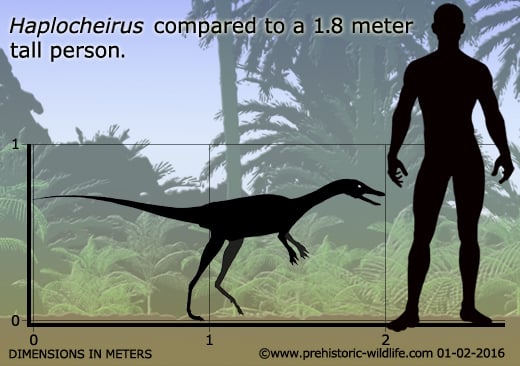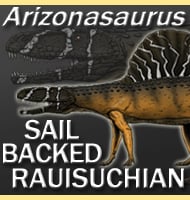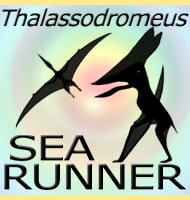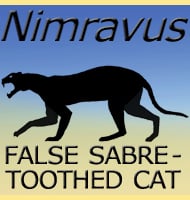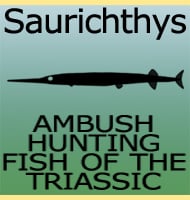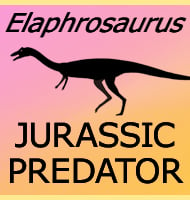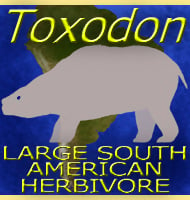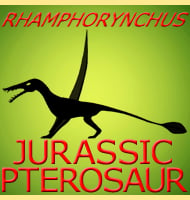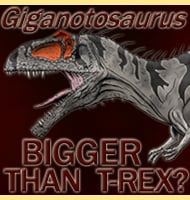In Depth
At the time of its description Haplocheirus was the oldest known alvarezsaur by an impressive sixty-three million years before the previous record holder. This places Haplocheirus firmly within the Oxfordian stage of the Jurassic revealing that the alvarezsaurs began at least this far back rather than the early Cretaceous period as previously thought. On a side note, Haplocheirus also happened to predate the famous ‘dino-bird’ Archaeopteryx by fifteen million years, further confirming the idea that while Archaeopteryx was the first feathered bird like dinosaurs discovered, it was not the first to have feathers.
Haplocheirus was a primitive alvarezsaur, something that is not just revealed by its early appearance its features as well. First is the sheer size of Haplocheirus which at around two meters is bigger than the known later and more refined forms. Second is that the more advanced forms of the Cretaceous have a single specially developed digit on each hand. Haplocheirus also has a well-developed thumb, but it also retains the use of two additional fingers on each hand. It seems that in time as the alvarezsaurs became more specialised these two fingers still present in Haplocheirus became redundant to the point that they became vestigial appendages.
As a small dinosaur Haplocheirus would have had to of been careful not to end up being a meal for Jurassic era Asian theropods such as Sinraptor and Monolophosaurus, both known from the same formation as Haplocheirus.
Further Reading
– A basal alvarezsauroid theropod from the early Late Jurassic of Xinjiang, China. – Science 327(5965):571-574. – J. N. Choiniere, X. Xu, J. M. Clark, C. A. Forster, Y. Guo & F. Han – 2010.
